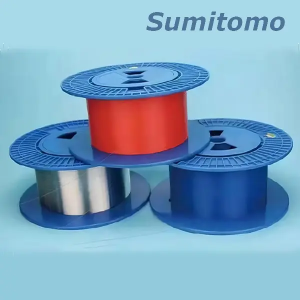Fiber optic technology has gained tremendous traction across various industries, and its popularity continues to soar. The growing demand for high-speed internet, data transmission and communications networks has been the driving force behind the widespread adoption of fiber optics.
One of the key reasons for the growing popularity of fiber optics is its unparalleled data transmission capabilities. Unlike traditional copper cables, fiber optics can transmit data over long distances at incredibly high speeds without any signal degradation. This makes it ideal for industries that rely heavily on fast and reliable data transfer, such as telecommunications, healthcare, finance, and media.
Additionally, growing demand from bandwidth-intensive applications such as video streaming, cloud computing, and virtual reality is further driving fiber adoption. Its ability to support these bandwidth-hungry applications without compromising speed or quality makes it an indispensable technology for businesses and consumers alike.
Another factor fueling the rise of fiber optics is its long-term cost effectiveness. While initial installation costs may be higher compared to traditional copper cabling, fiber optics requires less maintenance and lasts longer, reducing overall operating costs.
In addition, growing awareness of the environmental benefits of fiber optics has also played a role in its growing popularity. Fiber optics is more energy efficient and environmentally friendly than copper cables, making it a sustainable option for businesses looking to reduce their carbon footprint.
As the demand for high-speed, reliable and cost-effective data transmission continues to grow, fiber optics is expected to remain a popular choice across industries, driving innovation and enabling seamless information exchange in the digital age.

Post time: Mar-26-2024